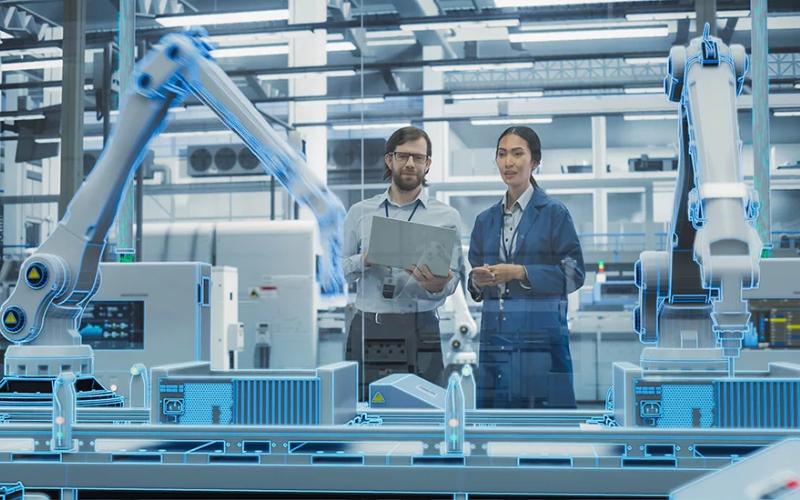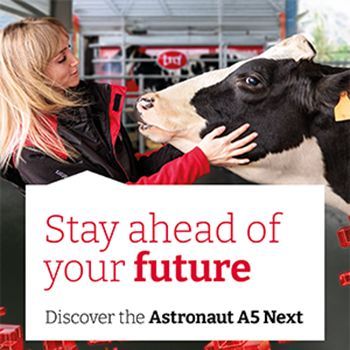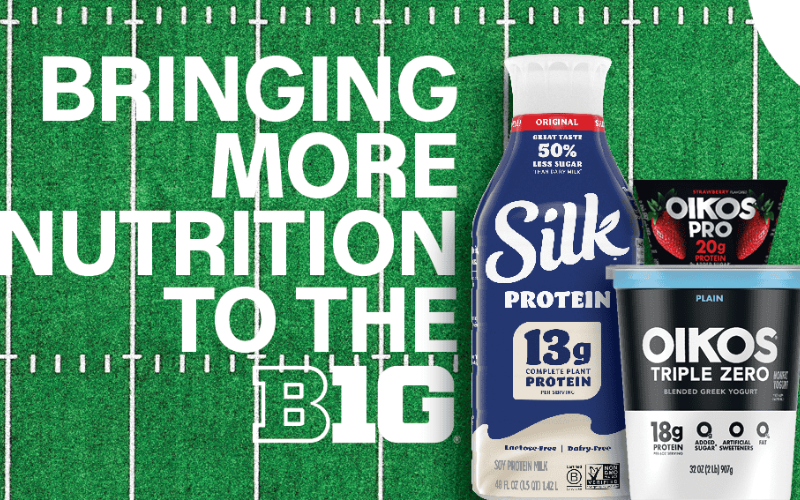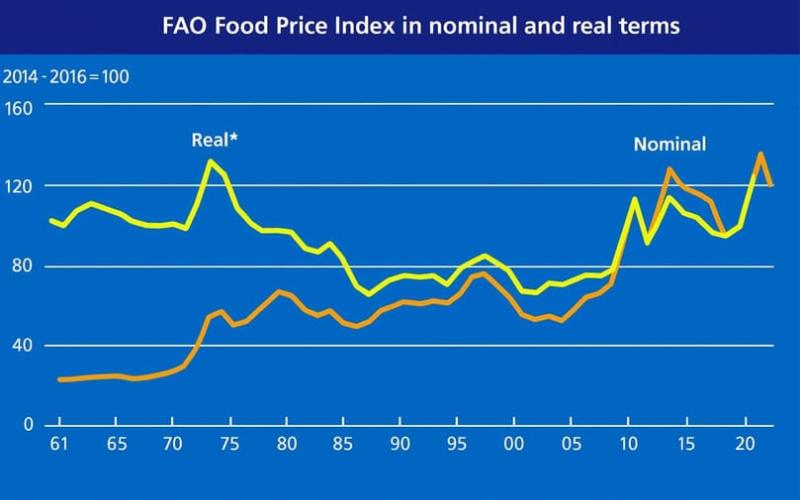Dairy Automation Market Reach to USD 13.2 Billion By 2033
Sourse: DairyNews.today
According to the latest research conducted by the Marketing Team of Research Intelo, the global Dairy Automation Market size reached USD 6.8 Billion in 2024, with a robust compound annual growth rate (CAGR) of 8.2% observed over the past few years. The market is expected to continue its upward trajectory, reaching a forecasted value of USD 13.2 Billion by 2033.

The dairy industry has always been one of the most essential sectors in agriculture, providing milk and dairy products to billions of people worldwide. However, with rising demand, labor shortages, and increasing costs, traditional dairy farming methods are no longer enough. This is where dairy automation steps in, revolutionizing how milk is produced, processed, and delivered.
What is Dairy Automation?
Dairy automation refers to the use of advanced technologies, robotics, and smart systems to handle various aspects of dairy farming and milk processing. From automated milking machines to AI-driven herd management, automation helps streamline operations, reduce human effort, and improve productivity.
Key Areas of Dairy Automation
Despite its advantages, automation comes with challenges:
As technology continues to evolve, the dairy industry is moving toward fully digitalized smart farms. AI, machine learning, and blockchain will play a key role in:
Dairy automation is not just a trend; it’s the future of dairy farming. By adopting smart technologies, farmers can ensure higher productivity, better animal care, and improved profitability while meeting the growing demand for dairy worldwide.
For farms big or small, investing in automation is no longer an option—it’s a necessity to stay competitive in the modern dairy industry.
What is Dairy Automation?
Dairy automation refers to the use of advanced technologies, robotics, and smart systems to handle various aspects of dairy farming and milk processing. From automated milking machines to AI-driven herd management, automation helps streamline operations, reduce human effort, and improve productivity.
Key Areas of Dairy Automation
- Automated Milking Systems (AMS). Robotic milking machines allow cows to be milked efficiently without human intervention. These systems monitor milk yield, udder health, and even cow behavior, ensuring consistency and animal well-being.
- Feeding Automation. Automated feeding systems deliver the right amount of nutrition to cows at scheduled intervals. This ensures healthier livestock, better milk production, and reduced feed waste.
- Milk Processing & Packaging. Automation in dairy plants includes pasteurization, homogenization, and automated packaging. This ensures hygiene, speed, and compliance with food safety standards.
- Herd Management Systems. IoT-enabled collars and sensors track cow health, fertility cycles, and activity levels. Farmers receive real-time data on their smartphones, making herd management more efficient.
- Cold Chain & Logistics. Automated cooling systems and smart logistics ensure that milk remains fresh from farm to consumer, reducing spoilage and increasing shelf life.
- Increased Productivity: Robots work round the clock, boosting milk yield.
- Labor Efficiency: Reduces dependency on manual labor, addressing workforce shortages.
- Improved Animal Health: Automated monitoring helps detect illnesses early.
- Better Quality Control: Consistent processes ensure high-quality milk and dairy products.
- Sustainability: Smart systems help optimize feed, water, and energy usage.
Despite its advantages, automation comes with challenges:
- High Initial Costs: Advanced machinery requires significant investment.
- Training Requirements: Farmers need technical knowledge to operate and maintain systems.
- Integration Issues: Ensuring compatibility between different automation technologies can be complex.
As technology continues to evolve, the dairy industry is moving toward fully digitalized smart farms. AI, machine learning, and blockchain will play a key role in:
- Predicting milk demand and supply trends.
- Enhancing traceability from cow to consumer.
- Improving sustainability by reducing carbon footprints.
Dairy automation is not just a trend; it’s the future of dairy farming. By adopting smart technologies, farmers can ensure higher productivity, better animal care, and improved profitability while meeting the growing demand for dairy worldwide.
For farms big or small, investing in automation is no longer an option—it’s a necessity to stay competitive in the modern dairy industry.
Key News of the Week











